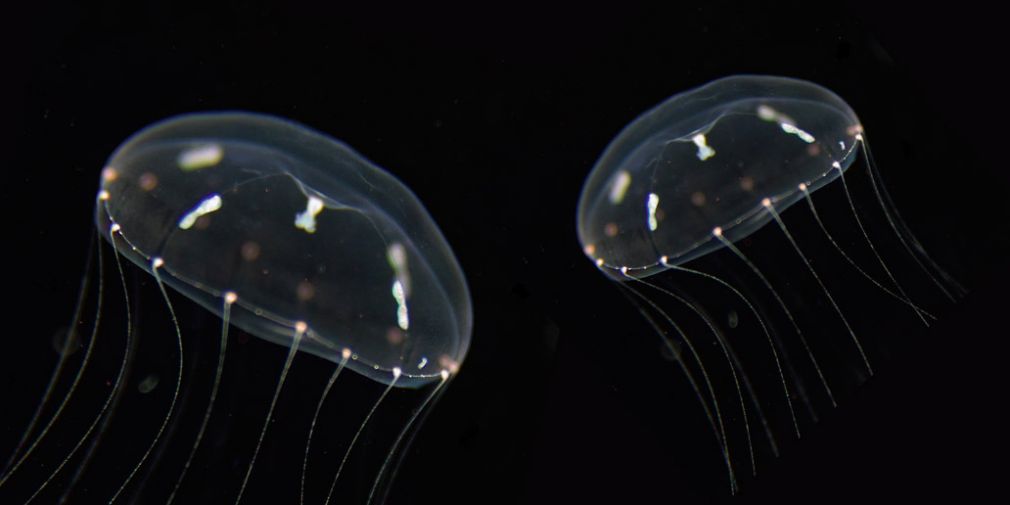L'OBSERVATOIRE
L'OBSERVATION
- Variables
- Stations d'observation
- Plateformes
- Services d'observation
- Organigramme
- Données d'observation
RESSOURCES

24 Nov., à 14h en salle TB : " Impact of Wnt signalling on multipotent stem cell dynamics during Clytia hemisphaerica embryonic and larval development"
Composition du jury : Agnes Audibert Pr. - Présidente du Jury ; Dr. Fabian Rentzsch - Rapporteur ; As. Pr. Peter Ladurner - Rapporteur ; Pr. Paola Furla-Examinatrice ; Dr. Evelyn Houliston -Directrice de these.
Résumé de la thèse:
The aim of this work was to extend our understanding of the mechanisms regulating stem cell formation, specification and differentiation by studies in the non-bilaterian metazoan model Clytia hemisphaerica. Clytia, like other hydrozoan cnidarians, possess a particular population of multipotent stem cells called interstitial cells (i-cells), present during larval development and in the adult medusa, which are able to give rise both to somatic cell types and to gametes.In bilaterian animals Wnt/β-catenin signalling regulates fundamental developmental processes such as germ layer segregation and primary body axis specification, but also regulates stem cell proliferation, lineage specification and differentiation. I investigated the role of Wnt/β-catenin signalling in i-cell specification and differentiation. I established a set of markers for known i-cell derivatives: neural cells, nematocytes, gland cells and germ cells, which I used to monitor the presence of these cell types in Wnt3 morphant embryos. The results obtained suggest that Wnt/β-catenin signalling is involved in the last step of differentiation for certain neuronal cell types including nematocytes, but not for somatic cell fate choice from the multicellular i-cell pool. I found no evidence for germ cell fate specification from the multipotent i- cell pool prior to adult stages.In the second part of my study I investigated the role of Wnt/β-catenin signalling in i-cell formation during embryogenesis. The results indicated that during normal development i-cell formation is Wnt/β-catenin independent and probably driven by inheritance of germ plasm containing localised mRNAs from the egg animal pole. In contrast in embryo re-patterning following embryo bisection, Wnt/β-catenin signalling appears to be necessary for de novo i-cell formation in the absence of germ plasm. Thus two distinct mechanisms can lead to i-cell formation during embryogenesis.Overall the results obtained provided a better picture of how i-cells and their derivatives arise during embryogenesis and larval development.
Modifié le